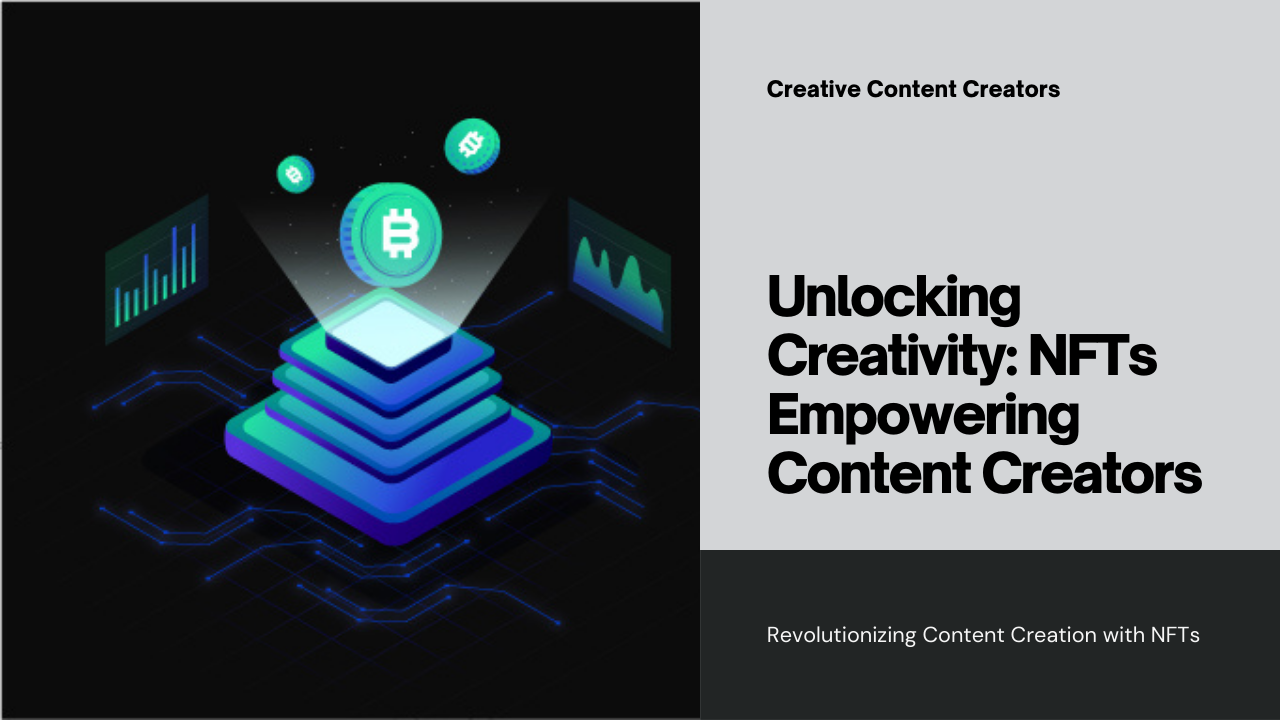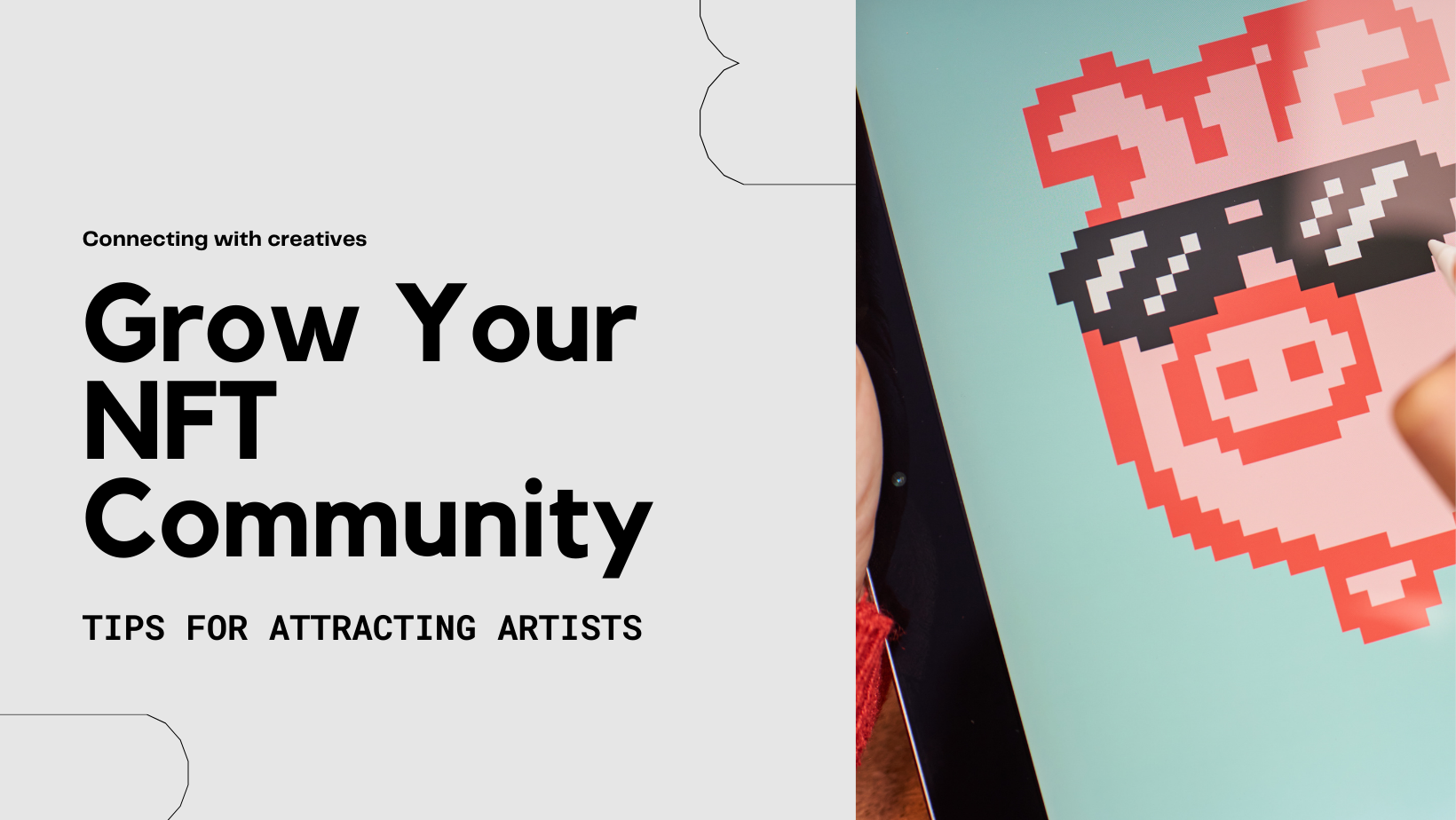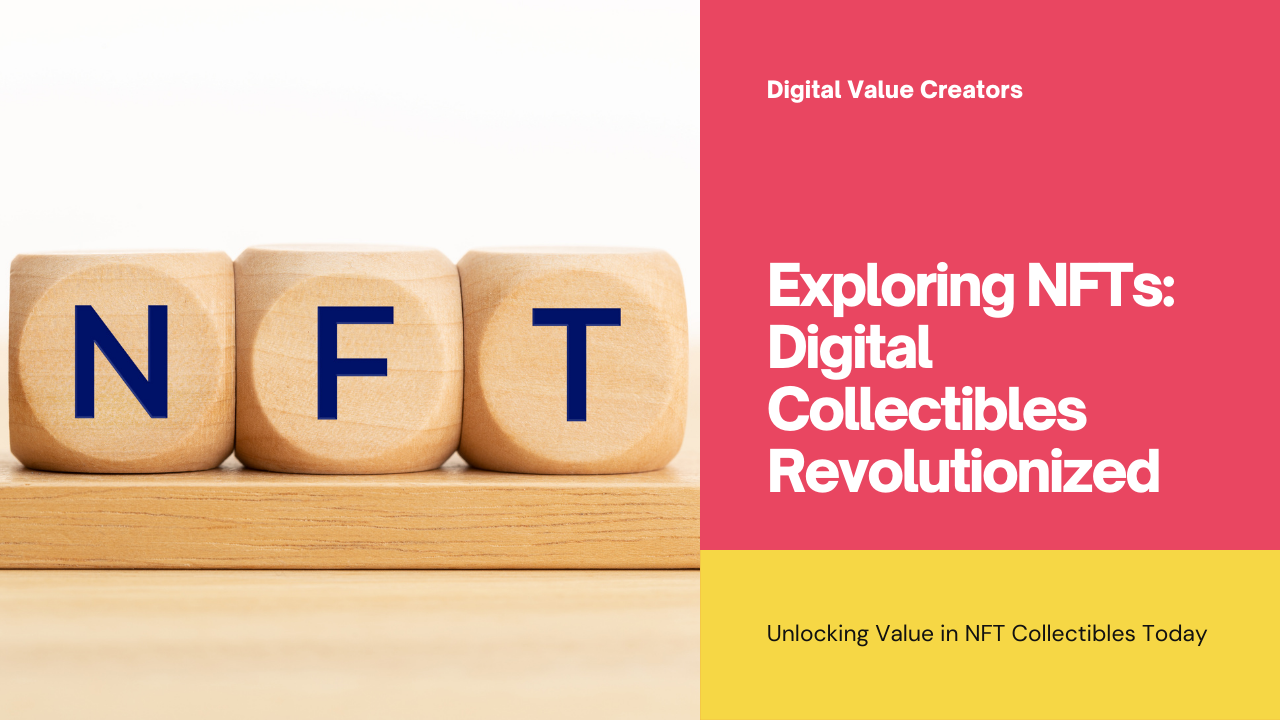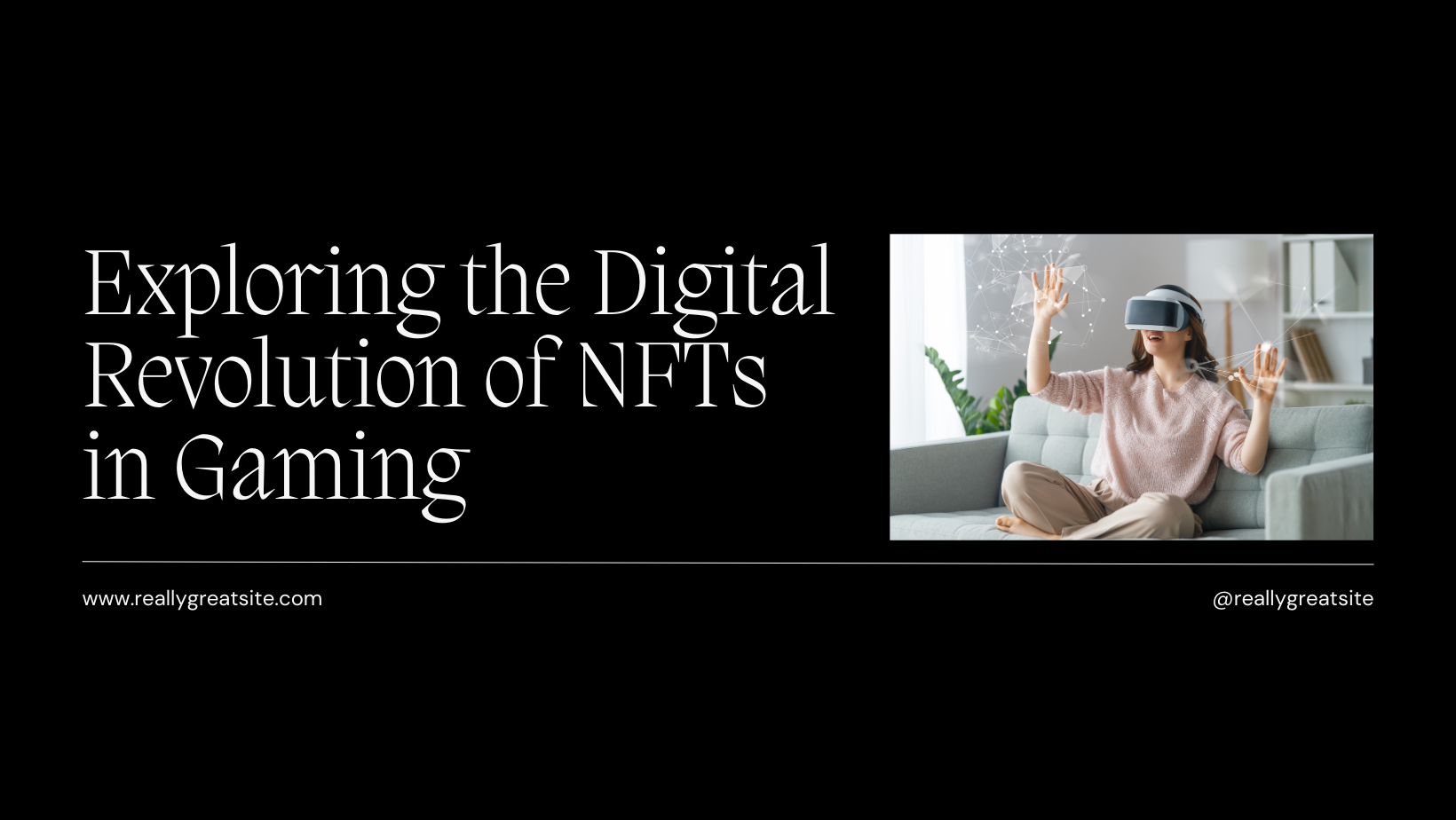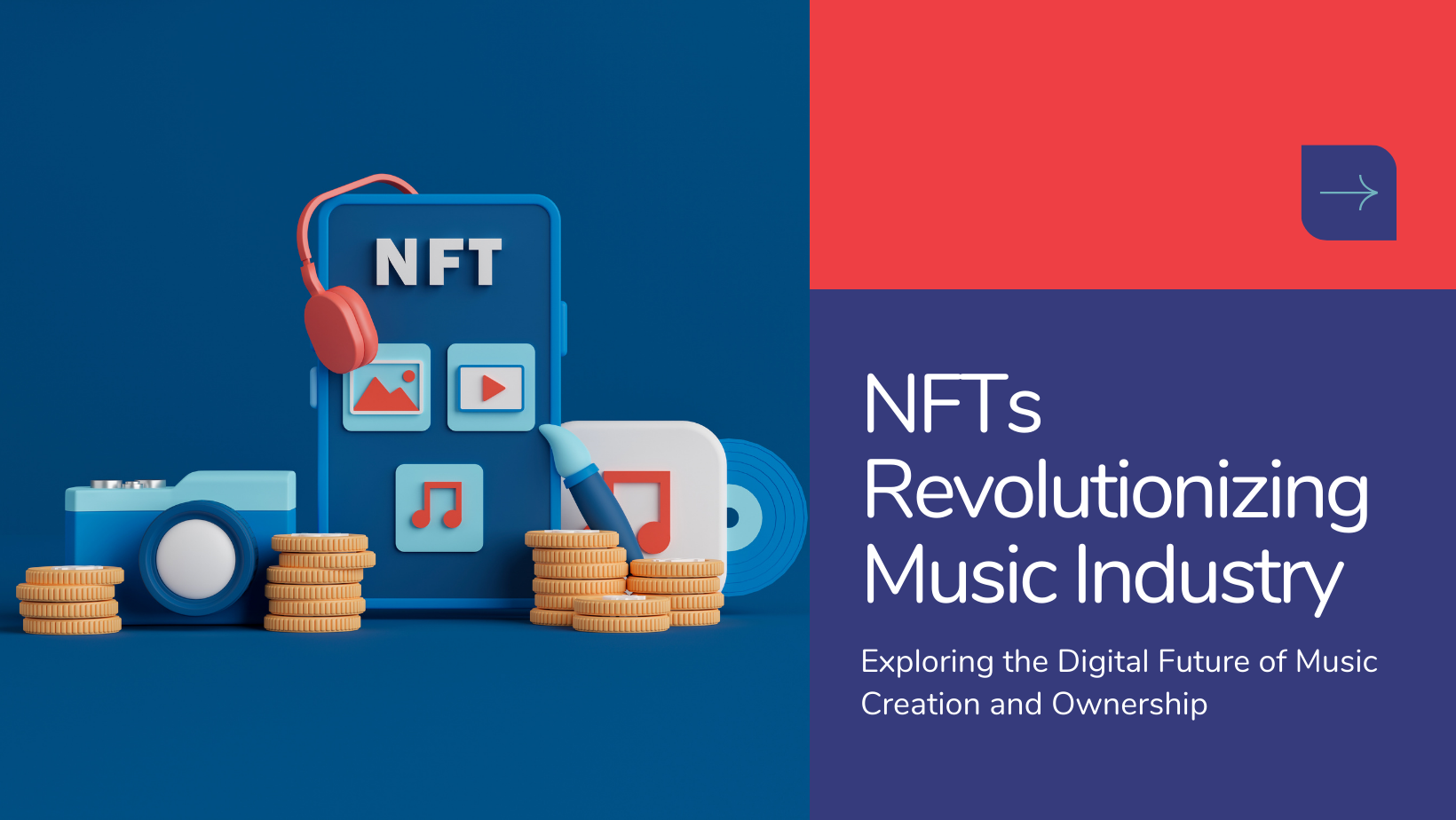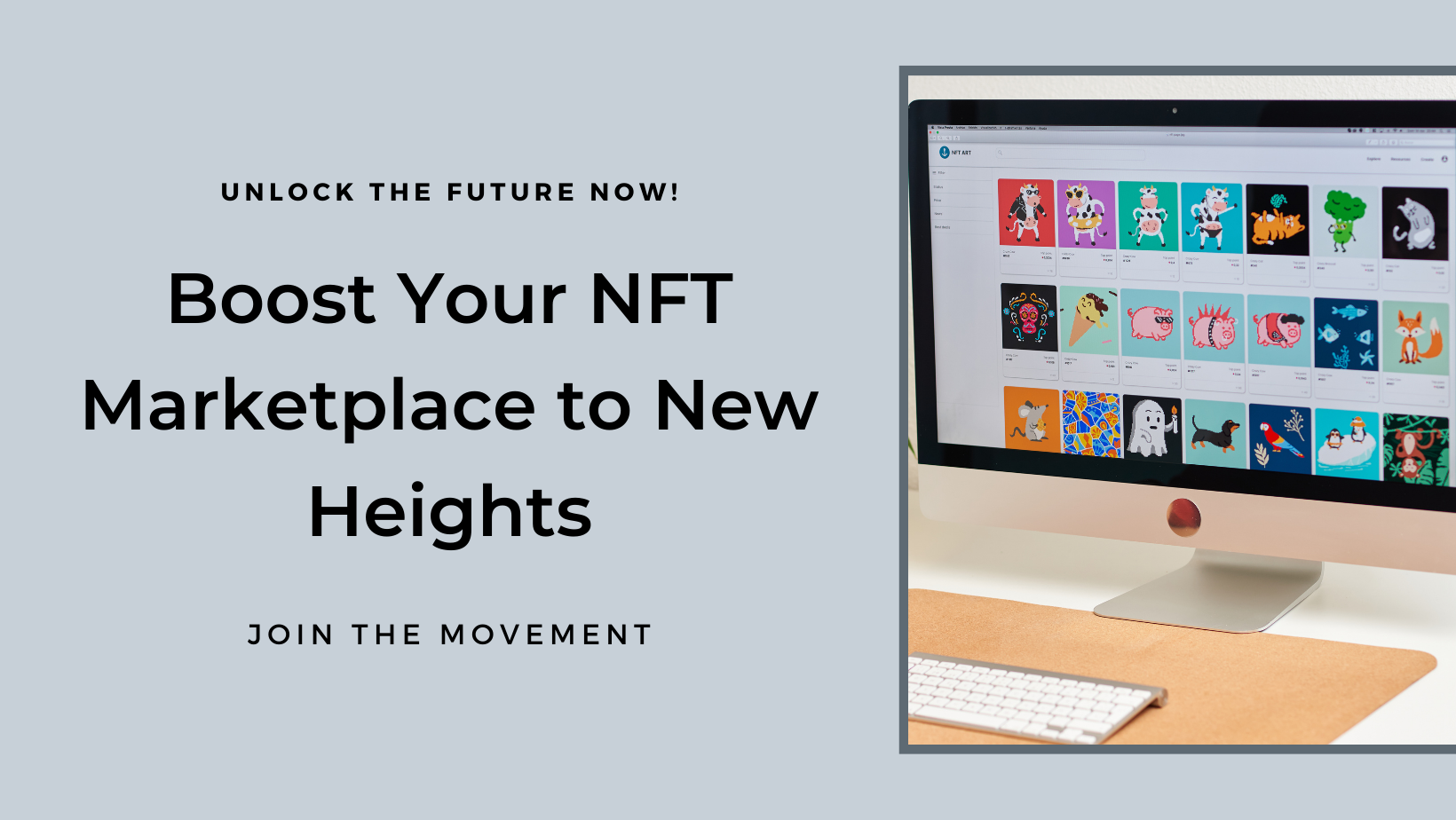Introduction: Non-Fungible Tokens (NFTs) have emerged as a revolutionary tool for content creators, offering unique opportunities to monetize digital content, establish ownership rights, and engage with audiences in innovative ways. This blog explores the transformative benefits of NFTs for content creators across various industries, highlighting key advantages, use cases, and considerations for leveraging NFT technology.
Understanding NFTs and Their Role for Content Creators: NFTs are digital assets minted on blockchain networks, each representing a unique item or piece of content with verifiable ownership and authenticity. Unlike cryptocurrencies, NFTs are indivisible and cannot be replicated, making them ideal for tokenizing digital artworks, music, videos, virtual goods, and collectibles. Content creators tokenize their work as NFTs, enabling direct sales, royalties, and secondary market transactions facilitated by blockchain technology.
Key Benefits of NFTs for Content Creators:
1. Monetization Opportunities: NFTs empower content creators to monetize their digital assets through token sales, auctions, and royalties. By minting and selling NFTs on blockchain-powered marketplaces, creators retain ownership rights and receive a percentage of each resale transaction, generating ongoing revenue streams beyond initial sales.
2. Ownership and Authenticity: Blockchain technology ensures provenance and authenticity of digital content, providing creators with immutable records of ownership and copyright attribution. NFTs enable creators to protect intellectual property rights, combat piracy, and enforce licensing agreements through transparent, decentralized ledger systems.
3. Direct Engagement with Audiences: NFTs foster direct engagement between content creators and audiences, offering fans exclusive access to limited edition artworks, behind-the-scenes content, virtual experiences, and personalized interactions. Creators can interact with supporters, offer perks, and build loyal communities around their NFT collections.
4. Creative Freedom and Innovation: NFTs unlock creative freedom for artists, musicians, writers, and digital creators to experiment with new formats, collaborate across disciplines, and explore innovative storytelling techniques. Creators can tokenize multimedia projects, interactive experiences, and mixed-media collaborations, pushing the boundaries of traditional content distribution models.
5. Global Reach and Accessibility: Blockchain-powered NFT marketplaces facilitate global reach and accessibility for content creators, enabling them to showcase work to a worldwide audience without geographical limitations. Creators can leverage decentralized platforms to tap into niche markets, cultural communities, and international collectors interested in digital art, music, and virtual goods.
6. Secondary Market Value and Resale Potential: NFTs retain value in secondary markets, where collectors and investors trade digital assets based on scarcity, cultural relevance, and demand. Creators benefit from resale royalties programmed into smart contracts, earning a percentage of each subsequent transaction, incentivizing long-term value retention and community engagement.
7. Support for Diverse Creative Disciplines: NFTs support diverse creative disciplines, including visual arts, music, film, literature, gaming, fashion, and virtual reality (VR). Creators across industries tokenize digital creations, merchandise, and intellectual property assets, expanding revenue streams and establishing brand presence in emerging digital markets.
Considerations and Future Outlook: While NFTs offer compelling benefits for content creators, considerations include market volatility, regulatory developments, and environmental impacts associated with blockchain technology. Future trends may include advancements in decentralized finance (DeFi), interoperable NFT standards, and sustainable blockchain solutions to enhance scalability and mitigate ecological footprints.
Conclusion: In conclusion, NFTs represent a transformative opportunity for content creators to monetize digital content, engage audiences, and protect intellectual property rights in the digital age. By embracing blockchain technology and exploring innovative use cases, creators can leverage NFTs to unlock new revenue streams, foster community engagement, and shape the future of digital content distribution.
